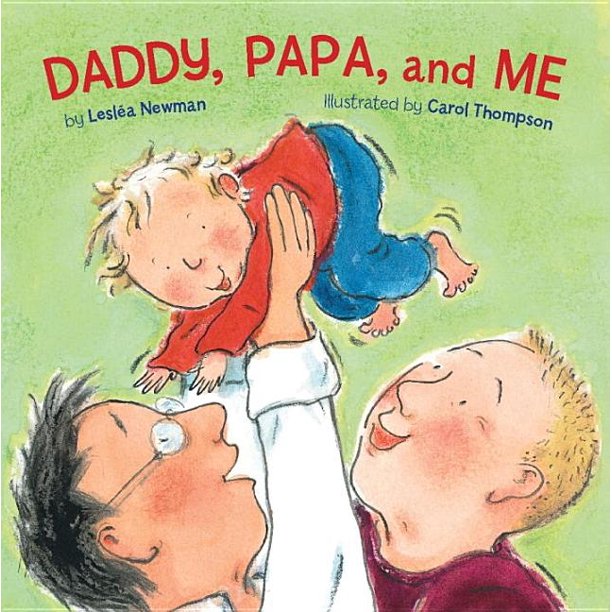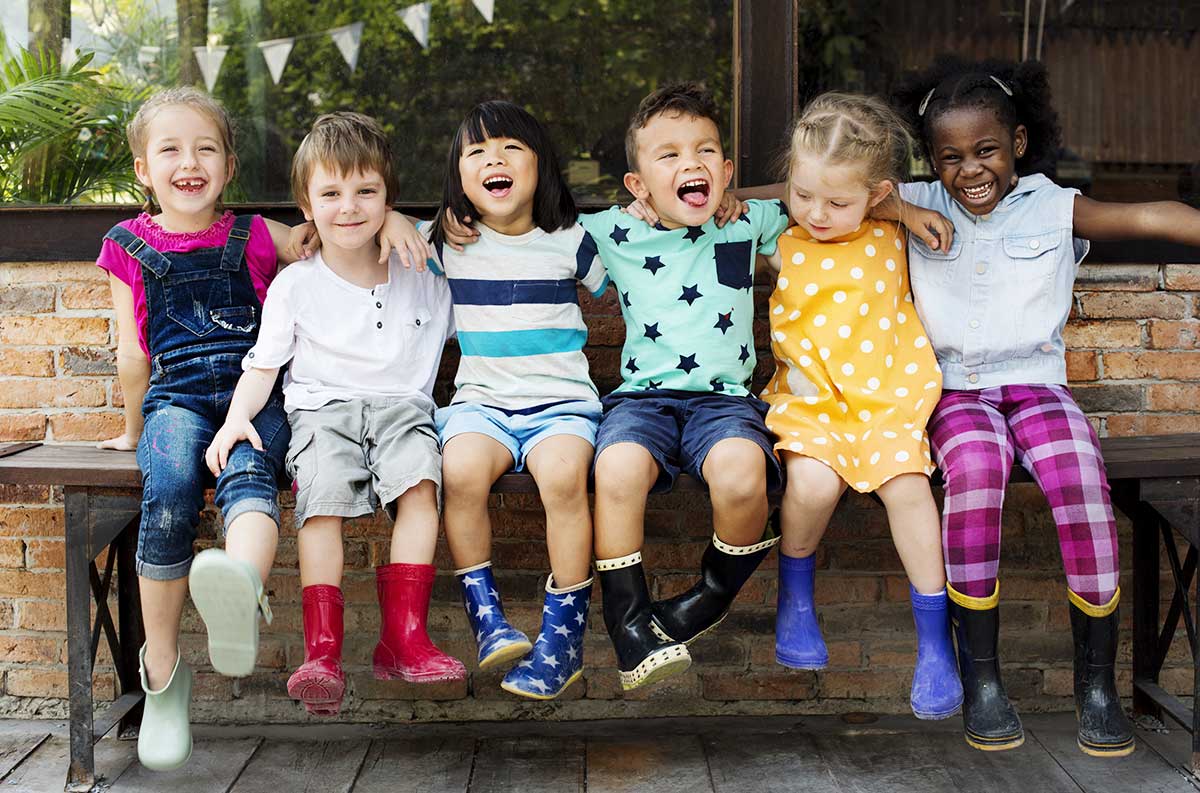
Inclusive Children's Book Teaching Guide
Daddy, Papa and Me
What is this book about?
This heartwarming board book about two daddies spending the day with their toddler celebrates the loving bond between same-sex parents and their children.
From hide-and-seek to dress-up, then bath time and a kiss goodnight, there's no limit to what a loving family can do together.
Daddy, Papa and Me is a great gift for expecting couples or new parents.
Who is depicted in this book?
What early childhood themes and concepts does this book explore?
- Families come in different forms
- Ways that family members spend time together and care for one another
- Familiar forms of play
How does this book support anti-bias education?
Through its depiction of a loving family with two dads, this book offers representation to children in LGBTQ+ families, as well as a space for them to demonstrate family pride and show that they are comfortable with and confident about their own family structure.
Depending on how the book is shared or used—and the developmental level of the children—Daddy, Papa, and Me may be used to support the following core goal from Anti-Bias Education for Young Children and Ourselves:
Identity—Teachers will nurture each child’s construction of knowledgeable and confident personal and social identities so that children will demonstrate self-awareness, confidence, family pride and positive social identities.
How can this book be used to meet early childhood learning standards?
For all ages
Use Daddy, Papa and Me to meet early childhood literacy standards >
For children from birth to age three
Teaching suggestion: Point out familiar people and relationships depicted in the book and model the names each family uses.
What Illinois Early Learning Guideline does this meet for children from birth to age three?
Developmental DomainLanguage Development, Communication and Literacy
Standard: Receptive CommunicationChildren demonstrate the ability to comprehend both verbal and nonverbal communication.
Indicators for children:
- Recognizes and demonstrates understanding of familiar pictures, people, and objects, such as saying “papa” while pointing to father (16–24 months)
- Responds verbally and/or nonverbally to comments or questions while engaged in conversations with both peers and adults (21–6 months)
Teaching suggestion: Point out and model ways that Daddy and Papa show love to their child, such as pretend play, cooking, painting and fixing broken toys. While reading this book, use a baby doll or other toys to introduce pretend play and build language skills.
What Illinois Early Learning Guideline does this meet for children from birth to age three?
Developmental DomainLanguage Development, Communication and Literacy
Standard: Early LiteracyChildren demonstrate interest in and comprehension of printed materials.
Indicators for children:
- Points to familiar pictures and actions in books (16–24 months)
- Recites part of book from memory (21–36 months)
For preschoolers (ages three to five)
Teaching suggestion: Invite children to talk about family structure. Ask questions such as: Who is in your family? What is the same and different among families? Encourage them to discuss and draw/write about their own families, including the people that they consider to be part of their family and the ways that these family members care for one another.
What Illinois Early Learning and Development Standards does this meet for preschoolers?
Social Studies Standard18BDevelop an awareness of self within the context of family.
Benchmark 18.B.ECa:
Understand that each of us belongs to a family and recognize that families vary.
See inside this book.

What other resources are available?
Visit the author’s website >
